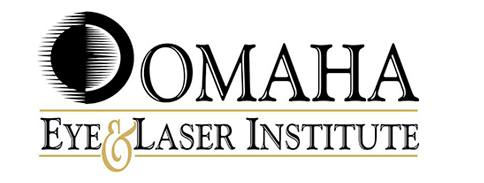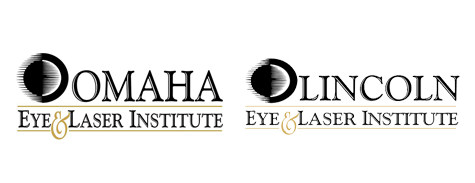
When it comes to cataracts, many people think they know the basics. I won’t get cataracts until I’m much older. I’ll know when I have a cataract!
But most of these people don’t even know the basics of cataracts. Keep reading to find out some of the cataract basics you should be aware of!
What is a Cataract?
When a cataract develops, proteins in the eye start migrating together and become a clump. This clump, which eventually becomes a cataract, develops very slowly.
When the cataract finishes developing, the lens of the eye turns cloudy. Because the naturally clear lens becomes cloudy, this is what affects vision.
Cataracts are the leading cause of vision loss for people 40 and older
You may not realize it, but cataracts are the leading cause of vision loss for people 40 and older. This isn’t just in the US: that’s throughout the world!
Part of this is because of the slow development associated with cataracts. A cataract could begin developing in your forties but you won’t notice it.
Cataracts only become noticeable when they have caused vision loss. This could take several years or a decade! For some, their cataract may never finish developing. In this case, their cataract never becomes big enough to impact vision.
Cataracts are more than an age-related condition
Using the term age-related when describing cataracts can be misleading. Cataracts are an inevitable part of the aging process, but they occur for other reasons as well.
There are children who are born with cataracts, known as congenital cataracts. You can also develop cataracts if you have a condition like diabetes or you’ve had eye injuries. Regardless of when you develop cataracts, it’s important to have them removed!
Prevention Facts
There is no way to prevent cataracts, but there are ways to reduce your risk for developing them:
- Always wear UVB sunglasses or a sun hat when outside
- Eat a varied and healthy diet
- Do not smoke (or quit if you currently do)
- See your eye doctor for regular and comprehensive eye examinations.
There may not be a way to prevent cataracts but being proactive can make a big difference! This means seeing your eye doctor on a regular basis for comprehensive eye exams. If your eye doctor detects a cataract, early detection can mean avoiding vision loss.
Symptoms
Symptoms of cataracts include:
- Blurry vision
- Difficulty or inability to see in low light situations
- Seeing halos or glares around lights
- Brown or yellow tinted vision
- If left untreated, irreversible loss of vision
Treatment Options
If left untreated, a cataract will result in a total and irreversible loss of vision. This is why it is so important to see your ophthalmologist for comprehensive eye exams. Cataract surgery is the only way to treat a cataract that’s causing severe vision loss.
Before cataract surgery, you may try wearing stronger contacts or glasses to see. The problem is that as your cataract keeps developing, your vision will only get worse as well.
Eventually, glasses and contacts will no longer be able to correct your vision. At this point, cataract surgery is necessary.
Concerned you may have a cataract or that you need cataract surgery? Schedule an appointment at Omaha Eye & Laser Institute in Lincoln, Nebraska today!





